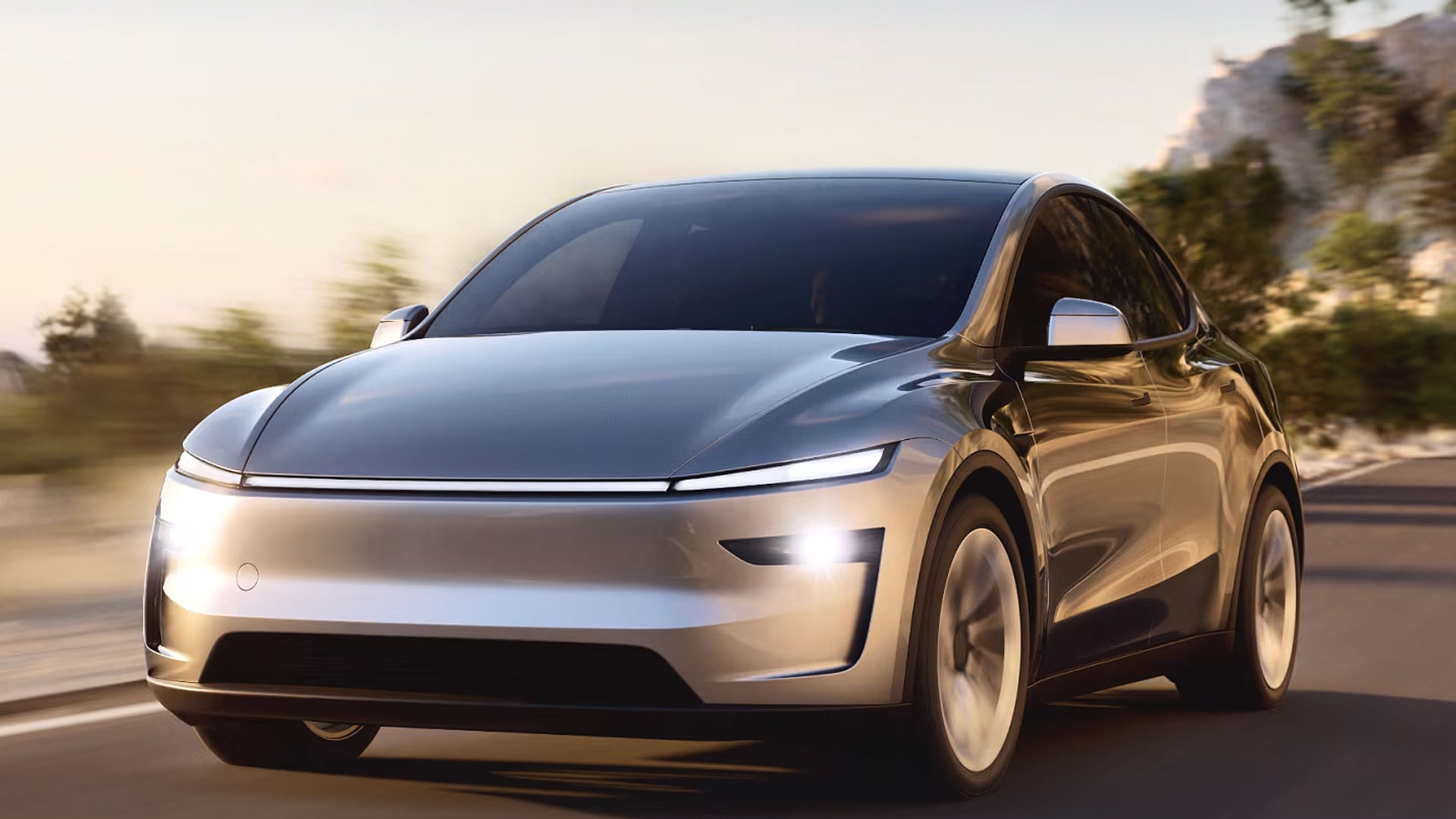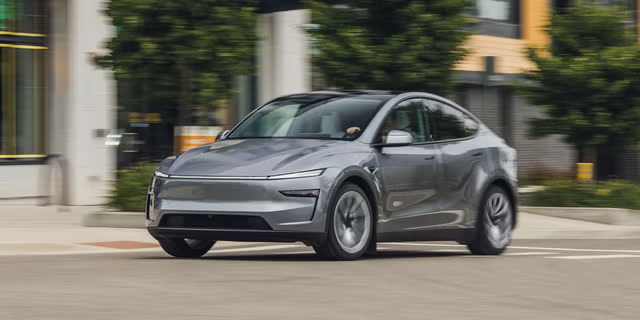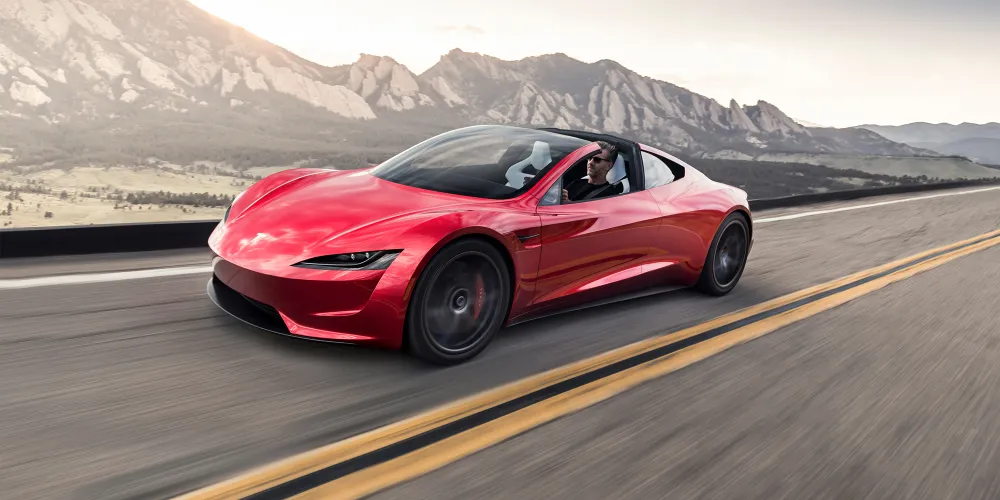TESLA CAR PRICE IN PAKISTAN 2025
When you hear the name “Tesla,” what comes to mind? For many, it’s the quintessential electric car—sleek, silent, and fast. But to define Tesla merely as an automobile manufacturer is to miss the forest for the trees. Tesla hasn’t just entered the automotive industry; it has fundamentally redefined it, along with touching the energy, technology, and AI sectors. From its groundbreaking software updates to its audacious vision of a sustainable energy ecosystem, Tesla is a disruptive force whose impact is only just beginning to be understood.
This blog post will delve into how Tesla has rewritten the rulebook, breaking down its current vehicle lineup, its unique features, and the integrated ecosystem that sets it apart from any competitor.
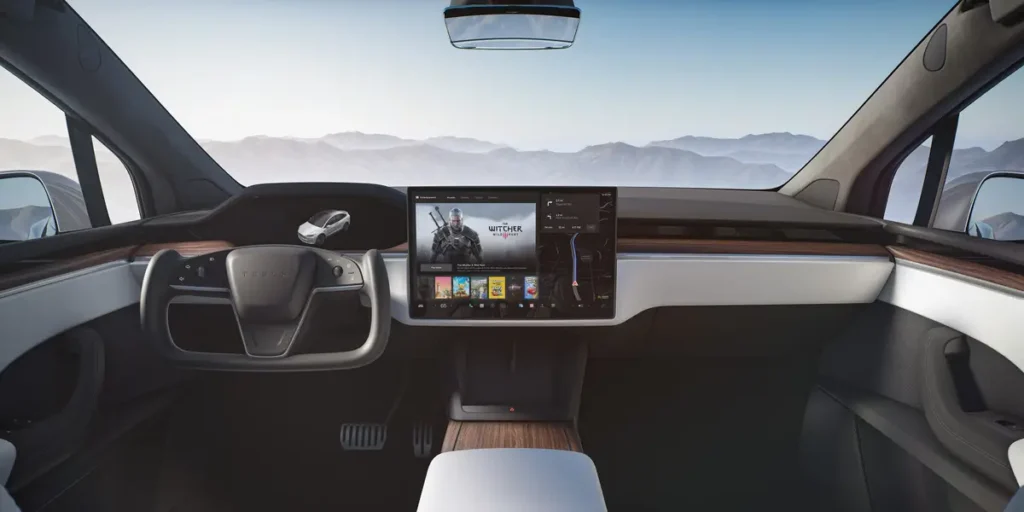
The Core Philosophy: The “Why” Behind Tesla
Tesla’s mission, “to accelerate the world’s transition to sustainable energy,” is not just a marketing slogan. It’s the driving force behind every decision. Unlike legacy automakers who are retrofitting electric powertrains into existing car frames, Tesla started with a clean sheet of paper. This allowed for a minimalist, software-first approach.TESLA CAR PRICE IN PAKISTAN 2025
- Vertical Integration: Tesla controls an unprecedented amount of its supply chain, from the lithium in its batteries to the software in its cars. This allows for faster innovation, tighter quality control, and a cohesive user experience.
- The Machine that Builds the Machine: Tesla places as much emphasis on its manufacturing processes (like the revolutionary Giga Press that casts large parts of a car body as a single piece) as on the cars themselves, driving down costs and complexity.
- Software-Defined Vehicle: A Tesla is the closest thing to a smartphone on wheels. Major improvements are delivered wirelessly (Over-the-Air updates), meaning your car gets better over time, a concept foreign to traditional automakers.
The Tesla Vehicle Lineup: A Model for Every Driver
Tesla’s current lineup caters to a wide range of consumers, from the budget-conscious sedan buyer to the family needing a three-row SUV and the performance enthusiast seeking blistering acceleration. The following table provides a detailed overview of the core models available today.
Table 1: Tesla Vehicle Lineup Overview (Prices are estimates and subject to change)
| Model | Category | Starting Price (Est.) | Key Description & Target Audience |
|---|---|---|---|
| Model 3 | Compact Sedan | ~$39,000 | The entry-point into the Tesla ecosystem. Known for its efficiency, agility, and high-tech interior. Perfect for daily commuters and small families seeking an affordable yet premium EV. |
| Model Y | Compact SUV | ~$44,000 | Built on the same platform as the Model 3, this is the world’s best-selling EV. Offers more cargo space and a higher seating position. The ideal choice for families who need versatility without sacrificing performance. |
| Model S | Full-Size Sedan | ~$75,000 | The flagship sedan that started it all. Combines unparalleled range with supercar-like acceleration (Plaid model). Targets executives and enthusiasts who want a luxury saloon with cutting-edge tech. |
| Model X | Full-Size SUV | ~$79,000 | Tesla’s most distinctive vehicle, featuring iconic Falcon Wing doors. Offers spacious three-row seating and immense power. Aimed at large families and those wanting a statement luxury SUV. |
| Cybertruck | Pickup Truck | ~$60,000 (Expected) | A radical departure from conventional truck design with its exoskeleton and stainless-steel body. Built for utility, durability, and off-road capability, targeting both commercial and consumer markets. |
Beyond the Badge: Features That Redefine Driving
Owning a Tesla is an experience defined by a suite of features that collectively create a seamless and futuristic driving environment.
- Autopilot & Full Self-Driving (FSD): Every Tesla comes standard with advanced hardware capable of Autopilot, which includes adaptive cruise control and automatic steering on highways. The optional Full Self-Driving (FSD) capability adds features like auto lane changes, autopark, summon, and traffic light/stop sign control. It’s a rolling R&D project, constantly improving via OTA updates.
- The Infotainment System: The centerpiece of the interior is a single, responsive touchscreen that controls virtually every function of the car—from climate control and music to navigation and vehicle settings. It’s intuitive, powerful, and the heart of the software-defined experience.
- Over-the-Air (OTA) Updates: This is arguably Tesla’s most revolutionary feature. Unlike a traditional car that is frozen in time the day it leaves the factory, a Tesla receives regular updates that can improve performance, add new features (like video streaming apps), enhance safety, and refine the user interface.
- Supercharger Network: Tesla’s proprietary global network of fast-charging stations is a massive competitive advantage. It offers reliable, high-speed charging that makes long-distance travel in an EV not just possible, but convenient.
- Performance: Electric motors provide instant torque, and Tesla leverages this to its fullest. Even the most affordable Model 3 can outperform many sports cars off the line. The top-tier “Plaid” powertrain takes this to another level, achieving 0-60 mph times under 2 seconds, making it one of the fastest production cars in history.
The Integrated Ecosystem: Tesla is Not Just Cars
To truly understand Tesla, you must look beyond the showroom. The vehicles are just one part of a larger energy ecosystem.
- Solar Roof & Solar Panels: Tesla offers solar energy generation for homes, with its Solar Roof tiles replacing traditional roofing materials for a seamless look.
- Powerwall: This is a compact home battery that stores solar energy for use at night or during a power outage, providing energy independence and backup.
- Megapack: Scaling this up for utilities and businesses, the Megapack is a giant battery that can store renewable energy for the grid, helping to stabilize power supply and reduce reliance on fossil fuels.
This integrated approach—generating solar energy, storing it in Powerwalls, and using it to power your home and car—creates a closed-loop, sustainable energy system.
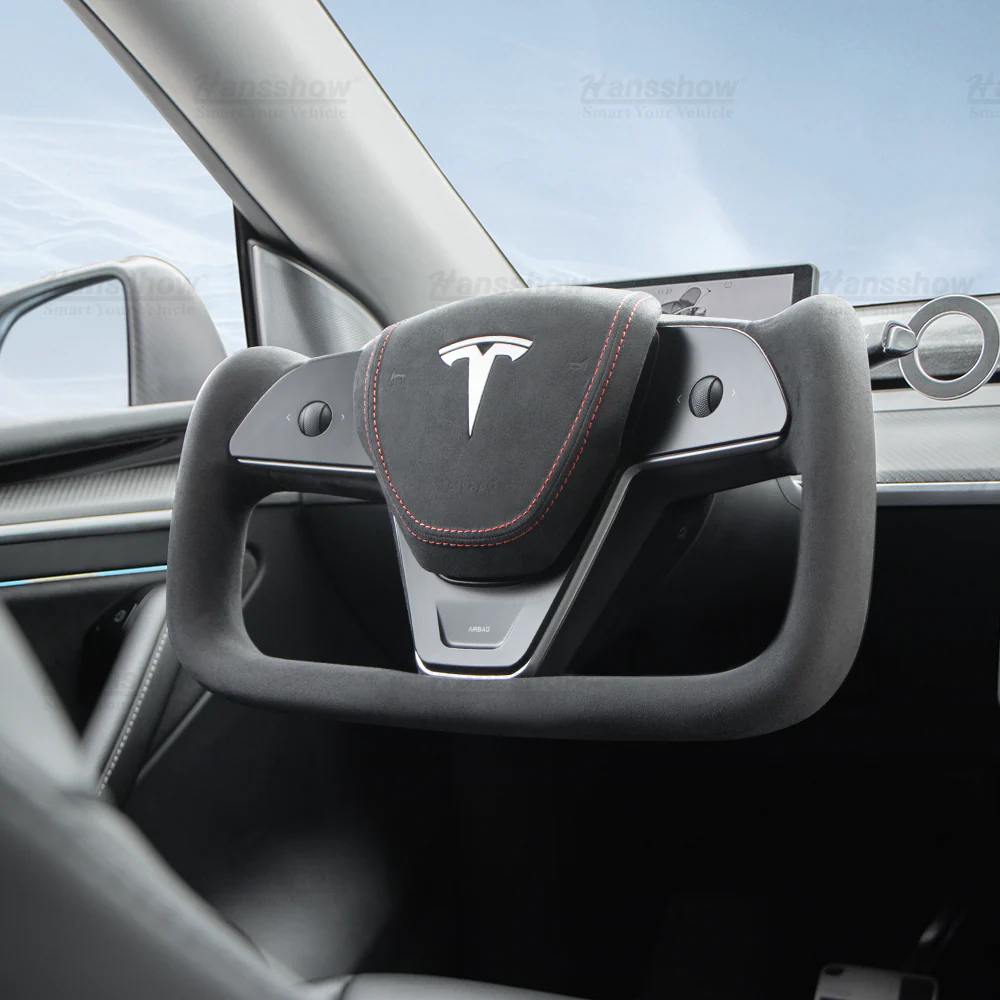
The Complete Picture: Features & Pricing Breakdown
To make an informed decision, potential buyers need a clear, side-by-side comparison of what each model offers. The table below consolidates the key specifications and pricing tiers.
Table 2: Detailed Tesla Model Comparison (Features & Pricing)
| Model | Starting Price (Est.) | Range (EPA Est.) | 0-60 mph (Base) | Top Speed | Seating | Key Differentiating Feature |
|---|---|---|---|---|---|---|
| Model 3 | ~$39,000 | 272-341 miles | 5.8s | 125-162 mph | 5 | Most Efficient / Entry Price |
| Model Y | ~$44,000 | 260-320 miles | 4.8s | 135-155 mph | 5 or 7 | Best-Selling / Family Versatility |
| Model S | ~$75,000 | 396-405 miles | 3.1s (Plaid: 1.99s) | 149-200 mph | 5 | Ultimate Range & Plaid Performance |
| Model X | ~$79,000 | 348-348 miles | 3.8s (Plaid: 2.5s) | 149-163 mph | 5, 6, or 7 | Falcon Wing Doors / 3-Row Luxury |
| Cybertruck | ~$60,000 (Est.) | 250-500+ miles (Est.) | 2.9s (Tri-Motor) | 130 mph (Est.) | 6 | Exoskeleton Design / Utility Focus |
Conclusion: A Disruptor Here to Stay
Tesla has redefined transportation by viewing the car not as a static machine, but as a dynamic, connected, and upgradeable platform. It has forced a 100-year-old industry to pivot entirely, proving that electric vehicles can be desirable, high-performance, and practical. While challenges around build quality, service center availability, and controversial leadership remain, there is no denying Tesla’s impact.
It is more than a car company. It is a technology pioneer, an energy innovator, and a testament to the power of a bold vision. By seamlessly integrating hardware, software, and energy, Tesla hasn’t just sold cars; it has sold a glimpse into the future, and that future is electric, connected, and sustainable.
https://postnest.cloud/wp-admin/post.php?post=1156&action=edit

